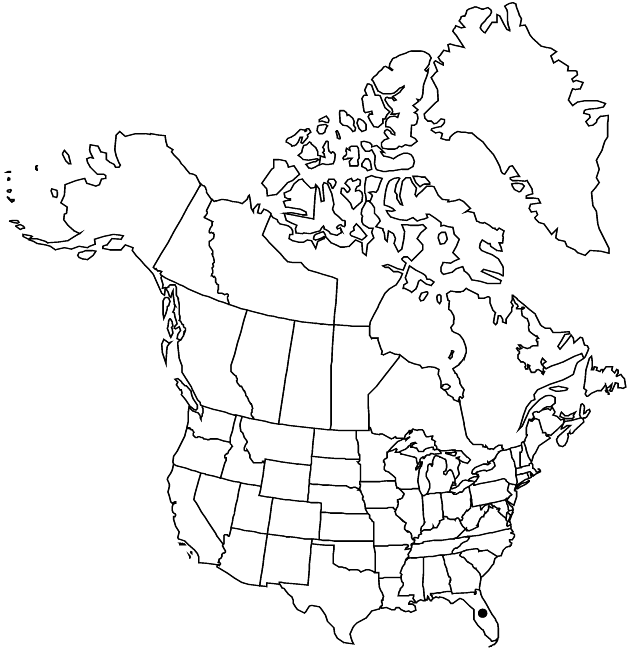Difference between revisions of "Rudbeckia hirta var. floridana"
Rhodora 59: 296. 1958.
Basionym: Rudbeckia floridana T. V. Moore
Treatment appears in FNA Volume 21. Treatment on page 57.
FNA>Volume Importer |
FNA>Volume Importer |
||
| Line 50: | Line 50: | ||
|publication year=1958 | |publication year=1958 | ||
|special status= | |special status= | ||
| − | |source xml=https://jpend@bitbucket.org/aafc-mbb/fna-data-curation.git/src/ | + | |source xml=https://jpend@bitbucket.org/aafc-mbb/fna-data-curation.git/src/8f726806613d60c220dc4493de13607dd3150896/coarse_grained_fna_xml/V19-20-21/V21_124.xml |
|tribe=Asteraceae tribe Heliantheae | |tribe=Asteraceae tribe Heliantheae | ||
|subtribe=Asteraceae (tribe Heliantheae) subtribe Rudbeckiinae | |subtribe=Asteraceae (tribe Heliantheae) subtribe Rudbeckiinae | ||
Revision as of 15:31, 18 September 2019
Annuals, biennials, or perennials. Stems branched at or near bases, leafy toward bases (plants often scapiform). Leaves: basal blades obovate to nearly orbiculate, 1–4 cm wide; cauline blades ovate, elliptic, or oblanceolate (smaller distally); margins entire or serrate; faces scabrous to hirsute. Peduncles at least 1/2 plant heights.
Phenology: Flowering spring–fall.
Habitat: Pastures, old fields, roadsides
Elevation: 0–20 m
Discussion
Variety floridana grows in central to southern Florida.
Selected References
None.
Lower Taxa
None.
